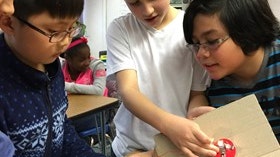Homepage
•
Learning Library
•
Blog
•
5 cool project ideas to steal
Expand breadcrumbs
Expand breadcrumbs
- Learning Library
- Blog
- 5 cool project ideas to steal
- Homepage
- •
- Learning Library
- •
- Blog
- •
- 5 cool project ideas to steal
5 cool project ideas to steal
By Diana Fingal
September 20, 2019








